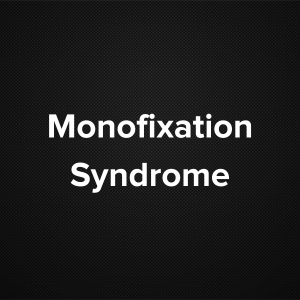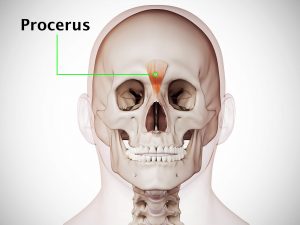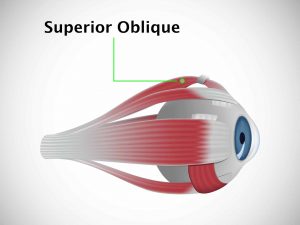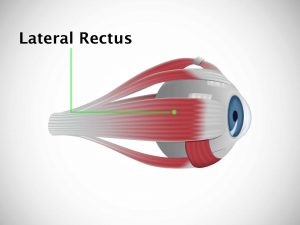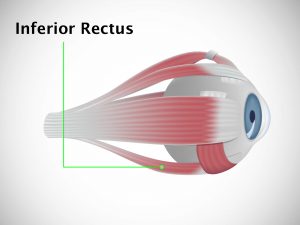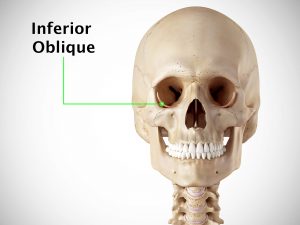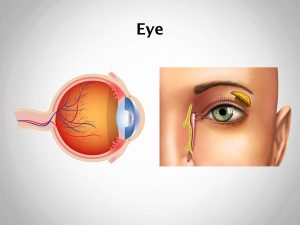Causes and risk factors
Each eye has a visual axis. Normally both the eyes of an individual have an aligned visual axis. When the visual axes of the eyes become misaligned, they cause heterophoria.
The underlying conditions which cause the latent deviation to become obvious include anisometropia, cataract, hypermetropia, etc.
Clinical presentation
In spite of the misalignment between both the eyes, one eye compensates for the other during binocular vision and both eyes appear normal. This process is known as binocular fusion. Thus during the process of compensation, the patient does not develop any symptoms. However, in the absence of the stimulus for binocular fusion when the eyes are at rest, the compensatory mechanism stops and the eyes appear squinted or deviated. Other symptoms including eye strain, redness, headache, and eye fatigue are seen especially in vertical heterophoria.
Investigations
The cross-cover test is used to detect heterophoria. Initially a cover is placed on one eye and is then immediately moved to the other eye. In doing so, it will be seen that the first eye (uncovered) moves from a deviated point. The reason behind this is the breaking of binocular fusion that occurs while covering the eye.
Once heterophoria has been diagnosed on the basis of the cross-cover test, its intensity can be assessed by performing the Lancaster red-green test.
Other tests include head tilt test, Mallett unit function disparity test and dissociation tests.
Treatment
Eye exercises are recommended to the patient in order to improve the heterophoria. Any underlying refractive errors are treated with the help of corrected spectacles or contact lenses. Prism correction may be necessary in some patients. Surgery is the last resort for patients with heterophoria.
Complications
Heterophoria may lead to formation of strabismus.
When to contact a doctor
Contact a doctor as soon as you notice any deviation in the eyes at rest.
Systems involved
Ophthalmology
Organs involved
Eyes

